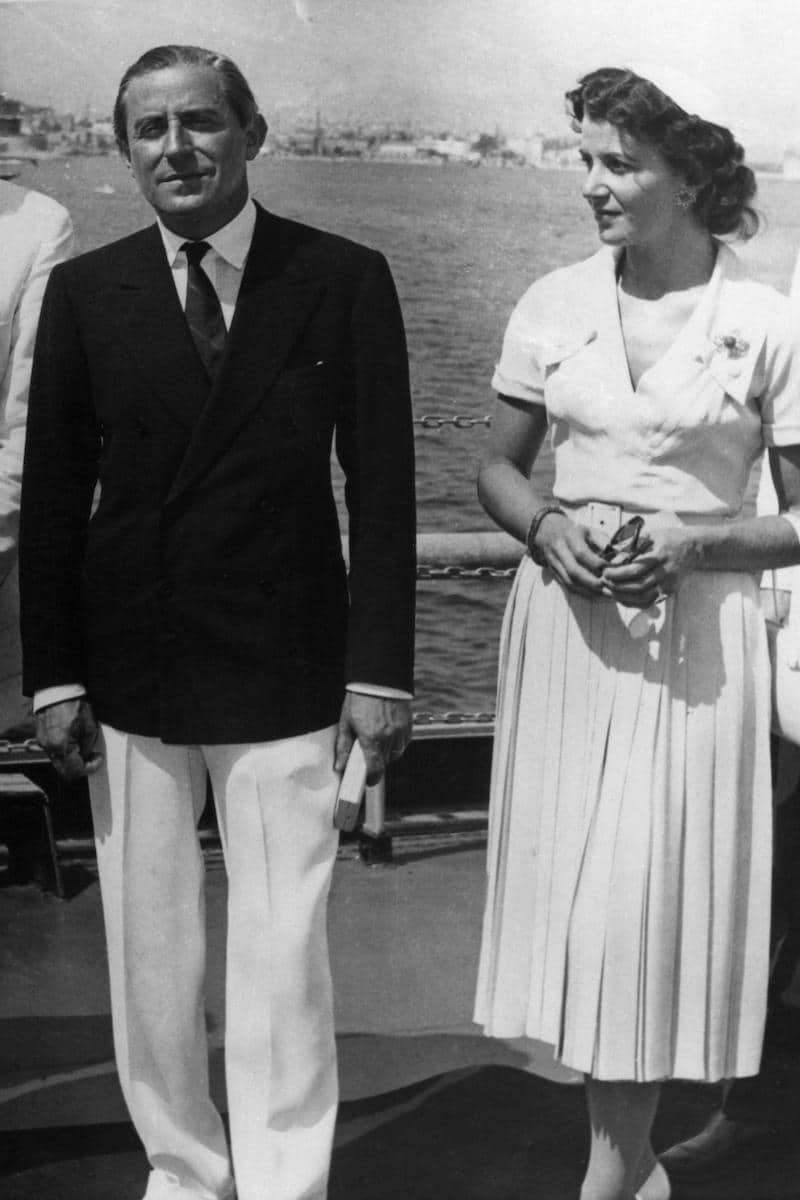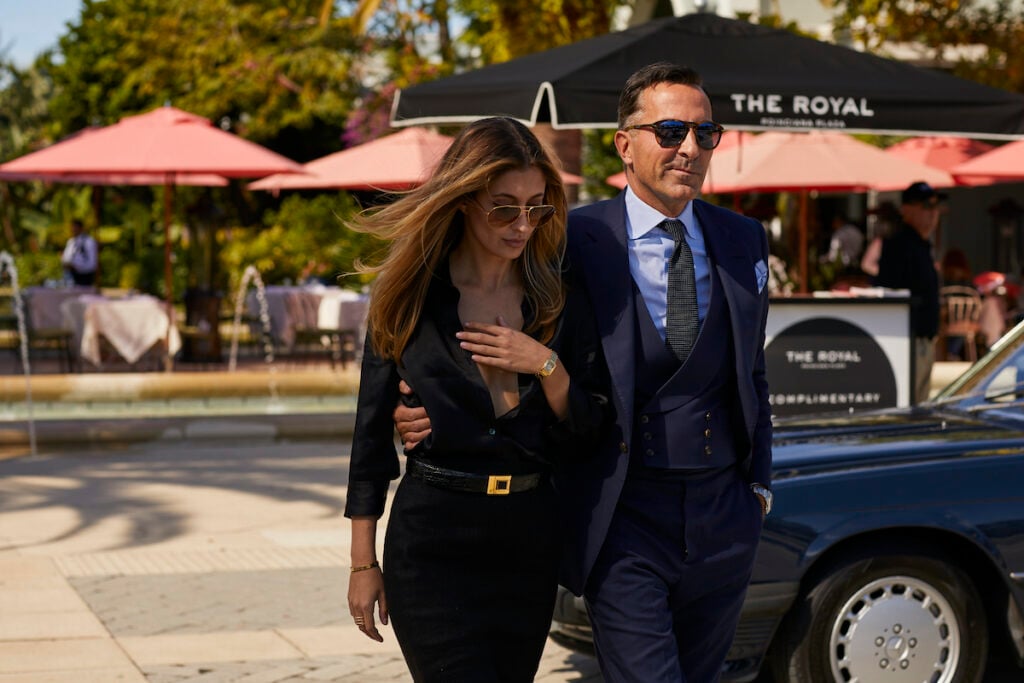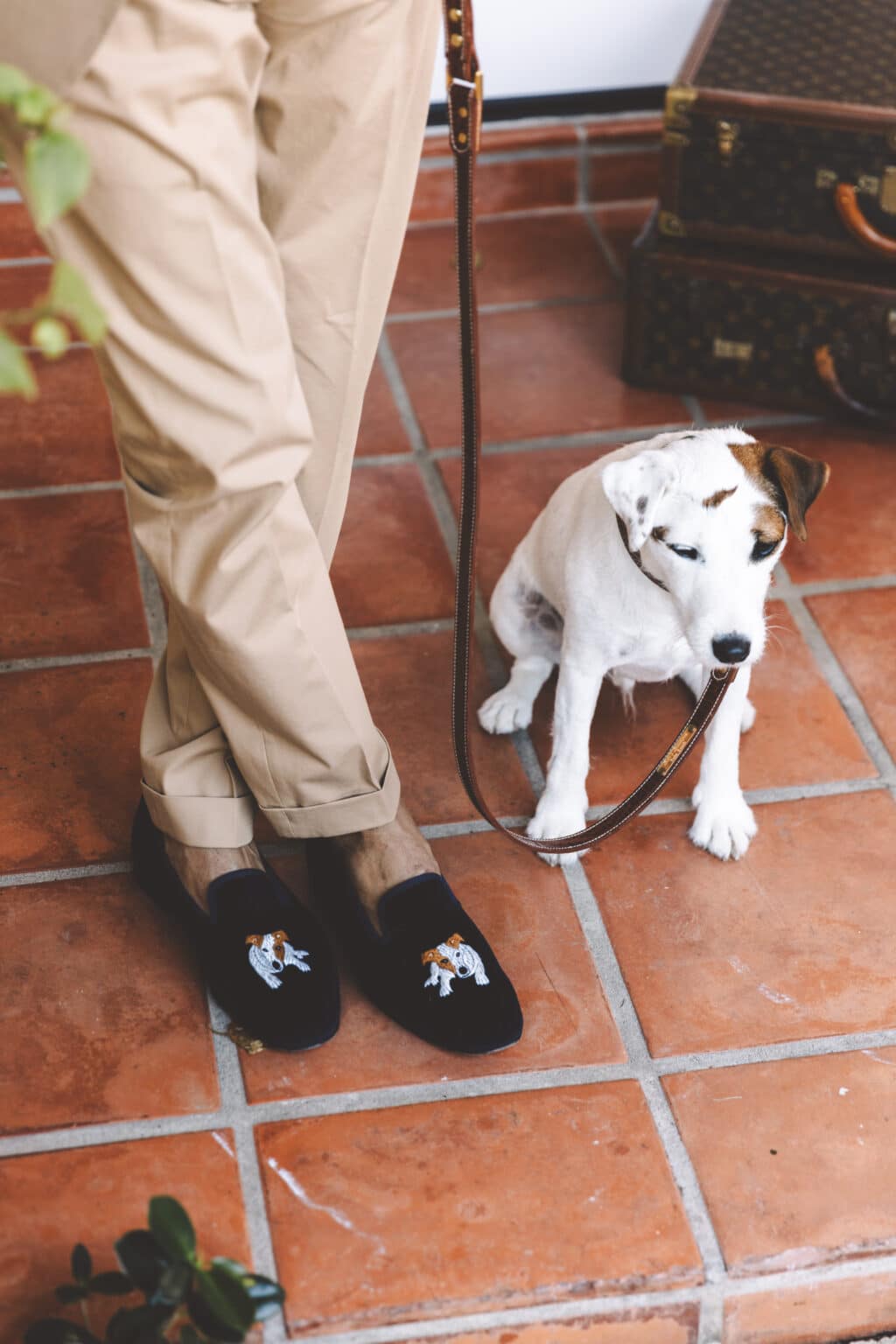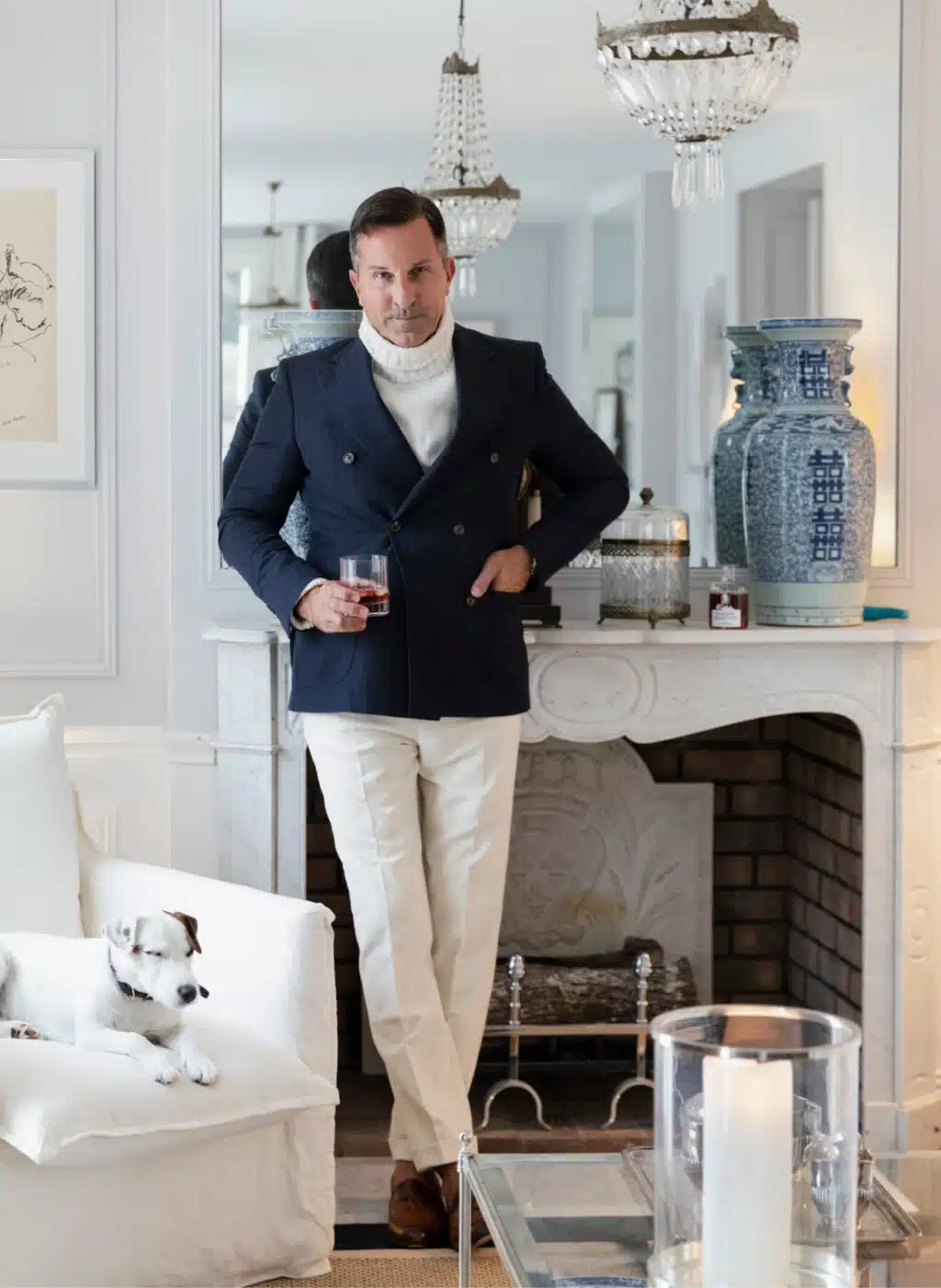- Finely Krafted Weekly Magazine / Sartorial
Make it a Double
- Date:
Author: Freddie Anderson
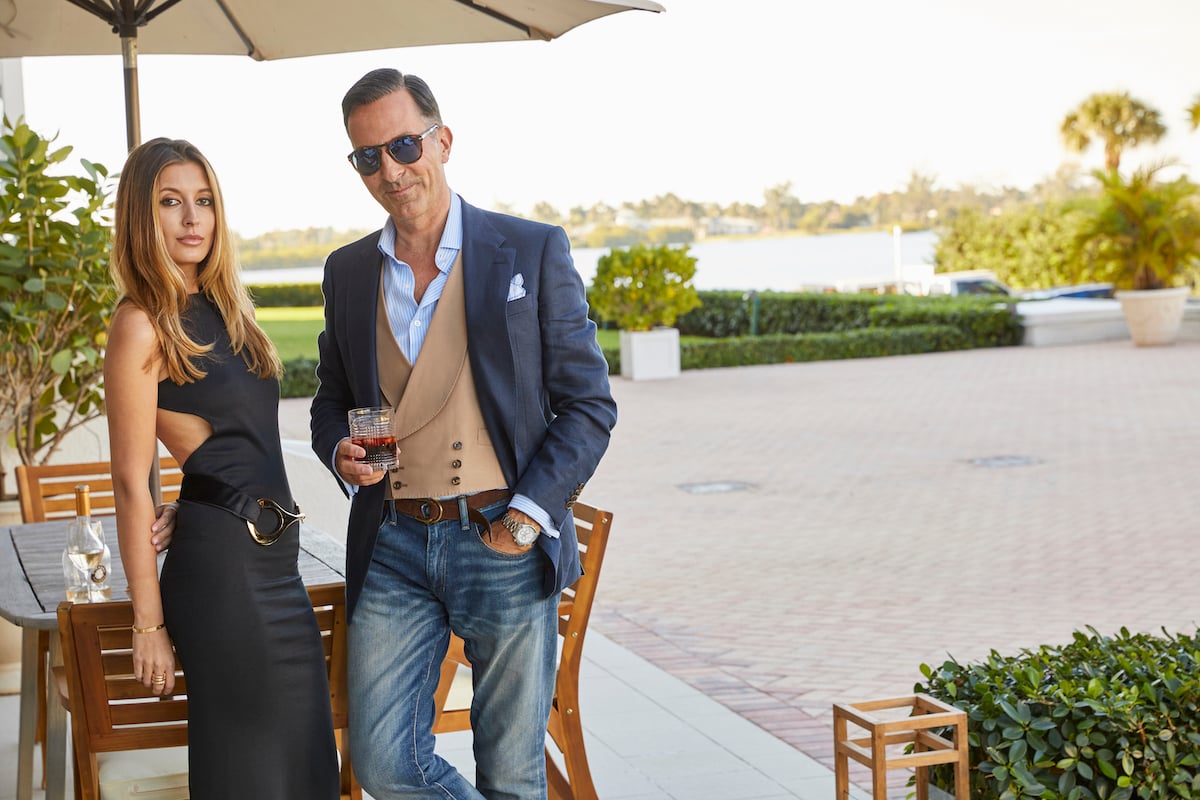
On November 17, 1869, the long-awaited Suez Canal officially opened for ships. Orchestrated by Ferdinand de Lesseps, a French diplomat, his personal friendship with Said Pasha, the viceroy of Egypt, was pivotal in gaining the French-backed Suez Canal Company a 99-year lease to build and operate the canal when leading British statesmen, including William E. Gladstone and Lord Palmerston, had not deemed the project worth backing. At the time of its opening the Khedive family of Egypt were the majority shareholders, but after borrowing a colossal amount of money, in 1875 they offered shares to the French to recoup debts. In only a fortnight they had to find £4million to rescue them from bankruptcy. In Britain the foppish character Benjamin Disraeli had recently been elected as Prime Minister for a second time; when this financial news reached those shores Parliament was not in session, and so Disraeli was unable to gain authorisation to use the government purse to acquire the Suez Canal shares.
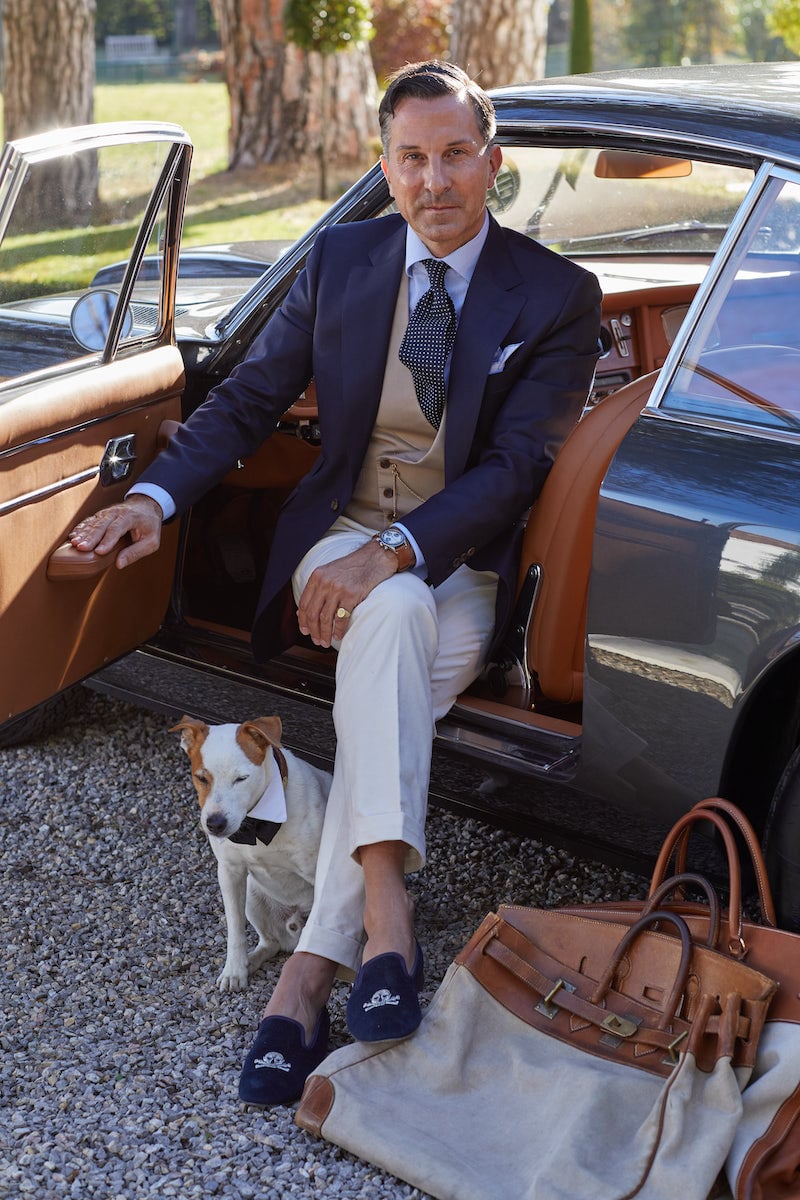
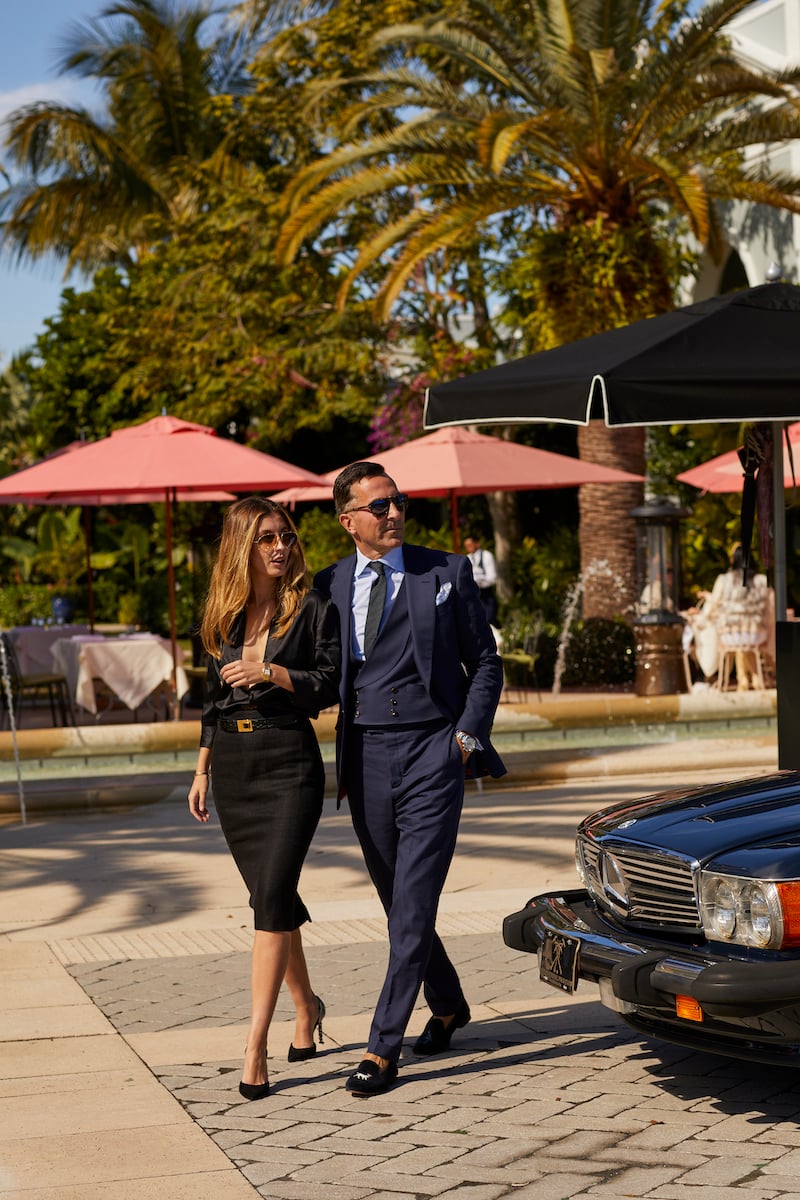
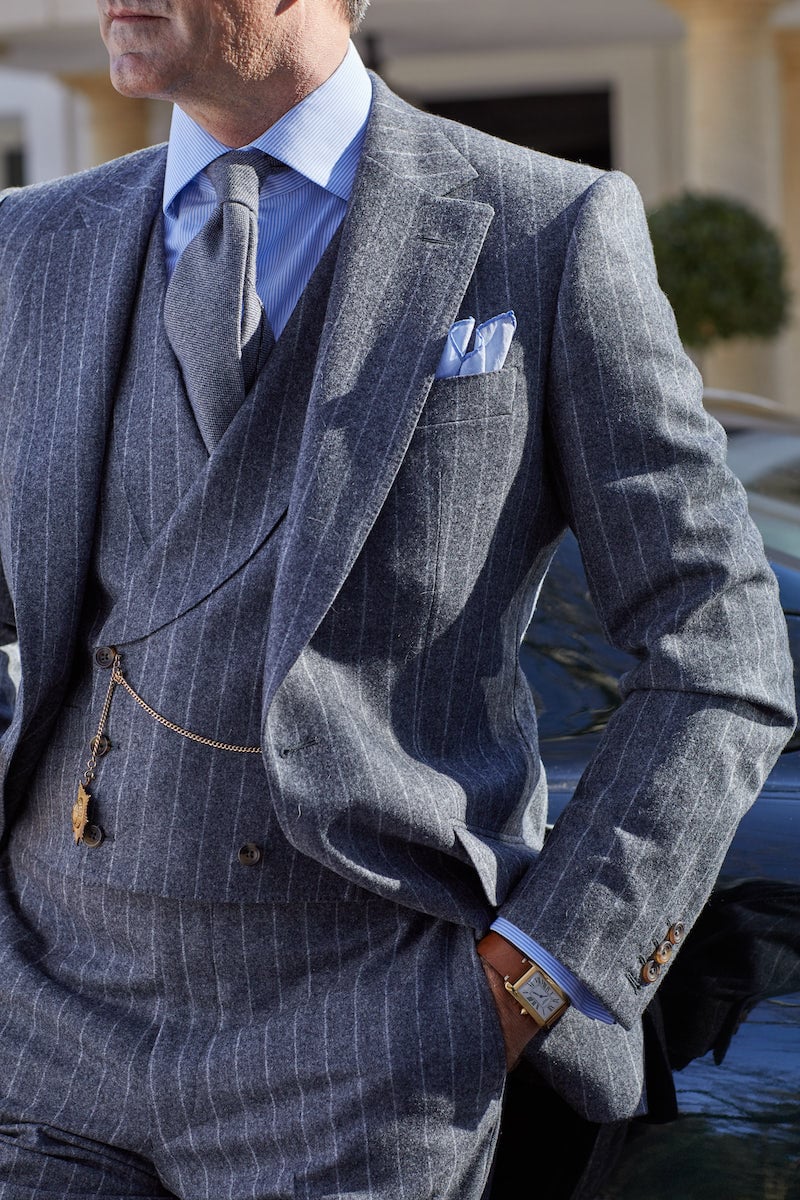
Harking back approximately 100 years, the Rothschild banking dynasty was founded by the eponymously named Mayer Amschel Rothschild. He was not only fabled for his financial vision, but he was regularly painted with his right hand resting underneath the second button of his waistcoat, redolent of it being in a sling. But fast-forward to 1875 and his grandson, Lionel de Rothschild, was now controlling Europe’s most powerful banking house. He happened to be on personal terms with Disraeli – a relationship that, via N. M. Rothschild & Sons, impelled him to advance to the British government the £4million needed to purchase those available shares. Now, apart from the Suez Canal being an artery of commerce, what has any of it really got to do with the double-breasted waistcoat, or vest? The truth is, in history, it’s been a rather unsurveyed garment, and by dredging into the Suez Canal we unearth and open a rather more compelling and informative narrative on its legacy.
It is thought that the origins of the waistcoat can be traced back to the middle of the seventeenth century in Persia. But on British soil, and in response to the extravagant and highly ornate French style of dressing exemplified by King Louis XIV (the Sun King) and becoming popular in Europe, King Charles II identified that the three-piece suit, a jacket, trousers, and waistcoat, could entice noble society to do away from French dress – a phenomenon with which he was all too familiar after spending nine years in exile in France. It was the waistcoat that was the final element that defined the 3-piece suit and, in doing so, it would become a vital component in boosting the English wool trade. To begin with, in terms of construction it replicates the long lines of the coat and trousers. By 1700, the silhouette of the waistcoat has shortened – a trend that coincided with the ever-increasing implementation of flamboyant features, the latter of which King Charles II sought to mute with more sombre colours, patterns, and fabrics.
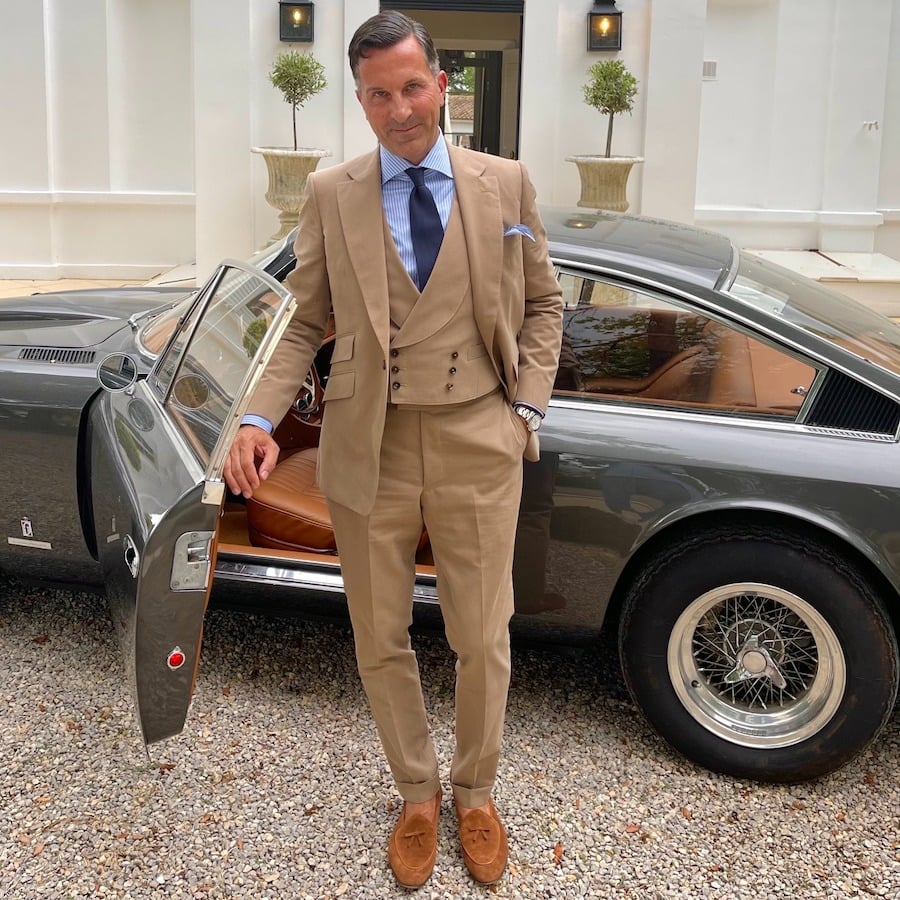
In this sense, he could be considered the unofficial forbearer of the originator of dandyism, Beau Brummell, who dictated that the Regency dandies should opt for finely tailored single (SB) and double-breasted (DB) waistcoats. In history, broadly speaking, the DB design has never really eclipsed the popularity of its brother, the SB. However today, for people in the know, Alexander Kraft Monte Carlo, which includes no fewer than 16 traditionally cut DB waistcoats designs, is turning the tide for the DB version, particularly for the gentlemen socialising in beau monde circles in both formal and informal capacities.
In July 1956, the Egyptian leader, Colonel Gamal Abdel Nasser, announced the nationalisation of the Franco-British Suez Canal Company. During the second year of his premiership, British Prime Minister Sir Anthony Eden, together with France, decided to use military intervention against Nasser to free the strangled trading route. But US President Dwight D. Eisenhower feared reprisals from the Soviets, and with this sentiment, he refused participation in military action. In addition, he declined to grant the UK a loan from the International Monetary Fund unless they agreed to a ceasefire. For Eden, and more broadly for the UK, it was a humiliating outcome – a moment that also unfairly defined Eden’s political career. But what is undeniable as part of Eden’s legacy is his impeccable style; he is arguably the most well-dressed prime minister in British history – coincidentally, he spent a short time living in Beau Brummell’s old London house. But in public, even for people not trained with an acute sartorial eye, they wouldn’t have deflected their stare on him sporting a Homburg, white shirt, regimental tie, dark single-breasted jacket, pinstriped trousers, and not least, a black DB waistcoat. Today, King Charles III is recognised for his pocket clock with an Albert chain affixed to the DB waistcoats – a sight not too dissimilar to that of Eden.
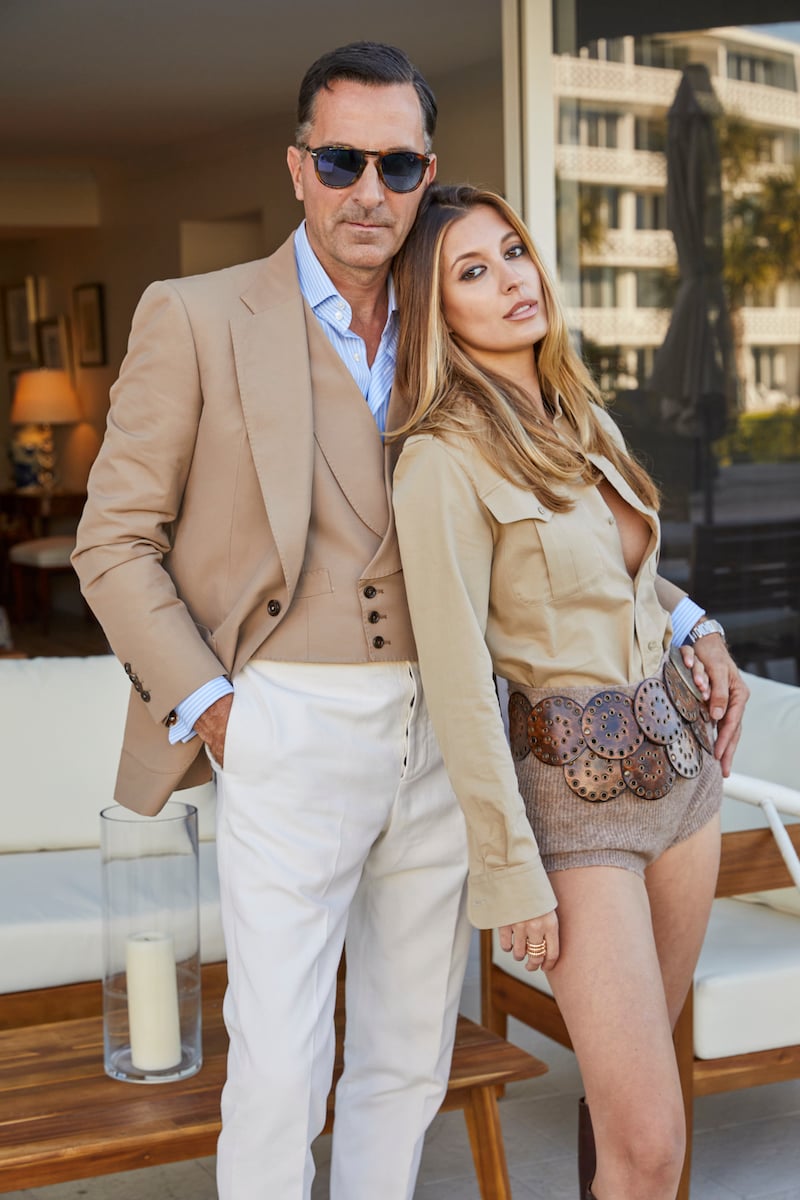
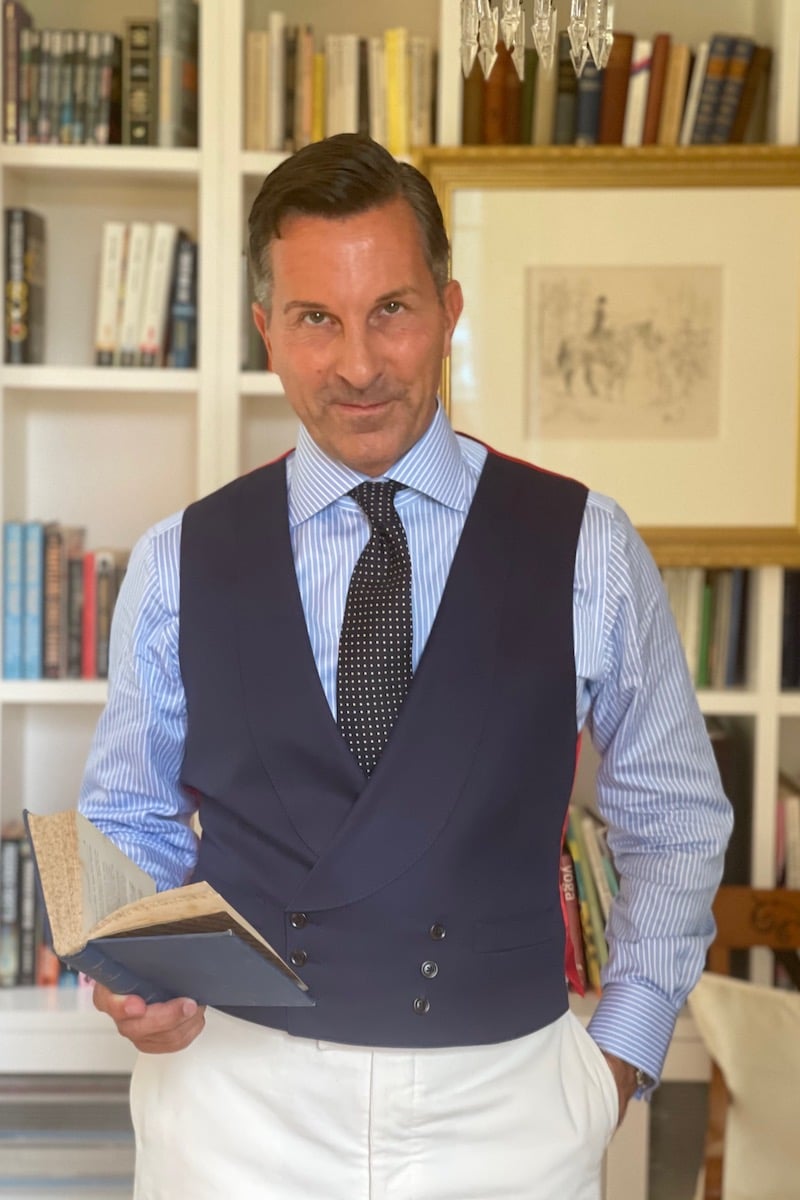
If you’re thinking about exploring the compatibility of the DB waistcoat with a variety of formal and casual attire, then look no further than Alexander Kraft for inventive inspiration. The denizens at historic sporting spectacles like Royal Ascot and the Prix de l’Arc de Triomphe at Longchamp, represent the most natural and chic arena for the DB waistcoat. In terms of formality, Royal Ascot trumps Longchamp, especially in the Royal Enclosure, where it is mandatory to attend in morning dress, the front-running attire for daytime formal wear. Aside from ‘Black Ascot’ in 1908, where the audience was clad in black to commemorate the recent death of King Edward VII, a stalwart racing supporter, the shades of your outfit can vary within reason. For example, a matching three-piece morning suit is highly desirable, as consistently demonstrated by King Charles in either a mid-grey or charcoal hue. And whatever shade your suit is, a grey or black top hat is applicable. If you’re more of an extrovert with colour, you can mix-and-match; the coat, waistcoat, trousers, shirt, tie, and top hat can all be different. In 1956, the very year of the Suez Canal Crises, there’s an ethereal picture of Guy de Rothschild and his wife Marie-Hélène strolling beside the paddock at Longchamp. If there’s a paradigm for successfully harmonising such a variety of textures in a morning dress suit, it is Guy de Rothschild. A boutonnière is de rigueur at Longchamp, and he caps the outfit with a hand-made wood-handled umbrella and artisanal gloves.
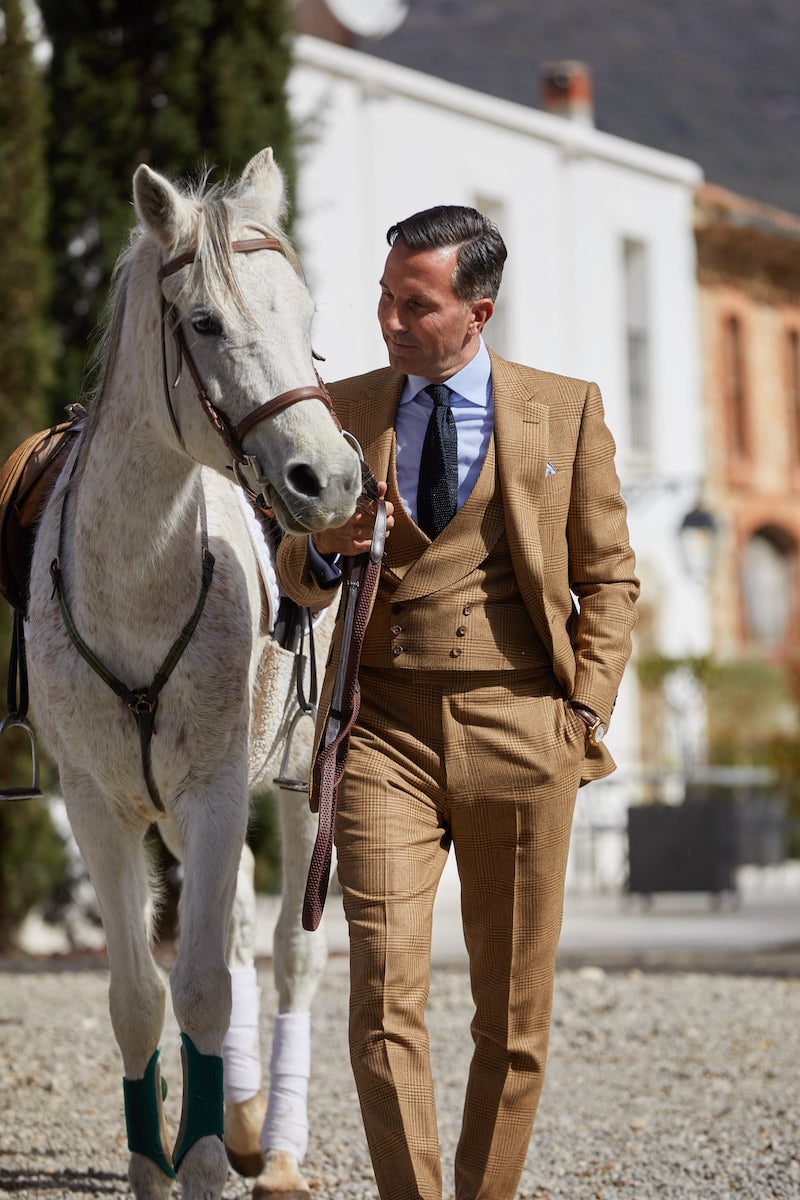
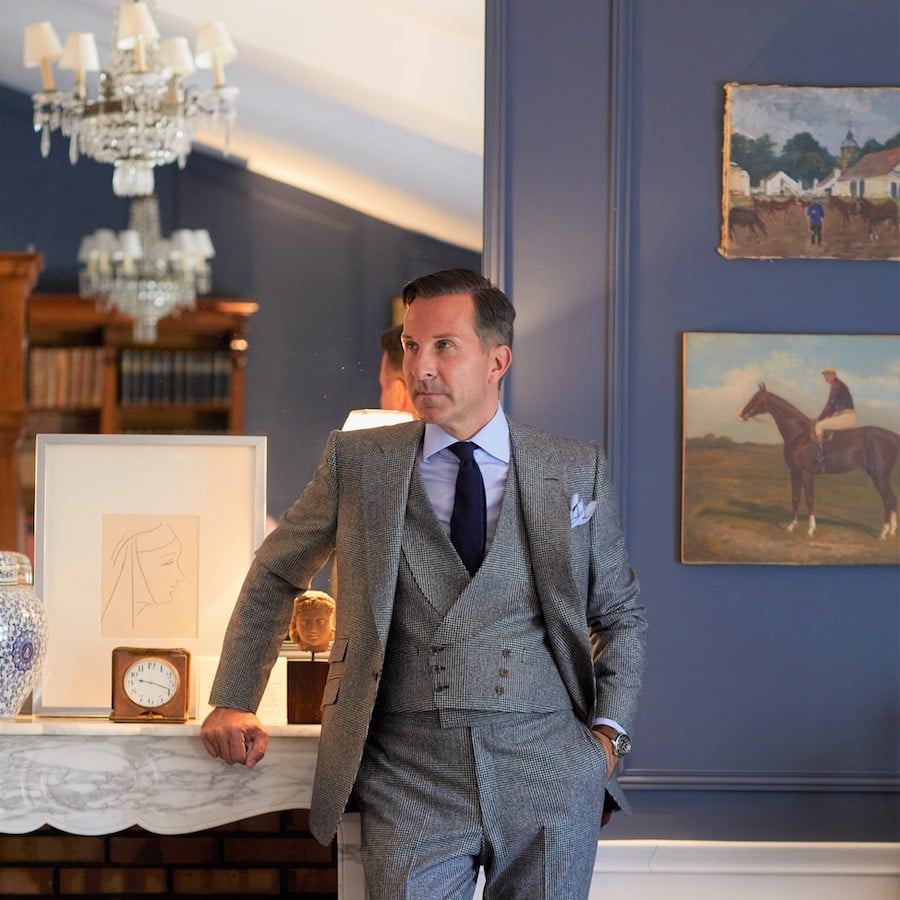
There’s a segment of society that has a hunch for slipped waistcoat versions, which are essentially curved white piping attached to the opening for extra texture. For more casual affairs one wouldn’t recommend this addition and, if you’re more classic-minded, a shawl lapel (not a scoop-fronted design) with a flat bottom crafted from a superior fabric should be your prerogative. If you’re into cosplay and traditional tailoring, you are likely to have watched and even examined The Great Gatsby (1974). Jay Gatsby, played by Hollywood icon Robert Redford, is the focal point. In particular, the off-white three-piece suit he sports is the most striking to lay your eyes on. And with this, it is quite likely that the double-breasted vest with wide peak lapels, six white button fronts (3 to close), a straight-cut bottom, and four welted pockets will stick in your mind. It represents the power of ‘20s suiting, with a touch of louche 1970s style added.
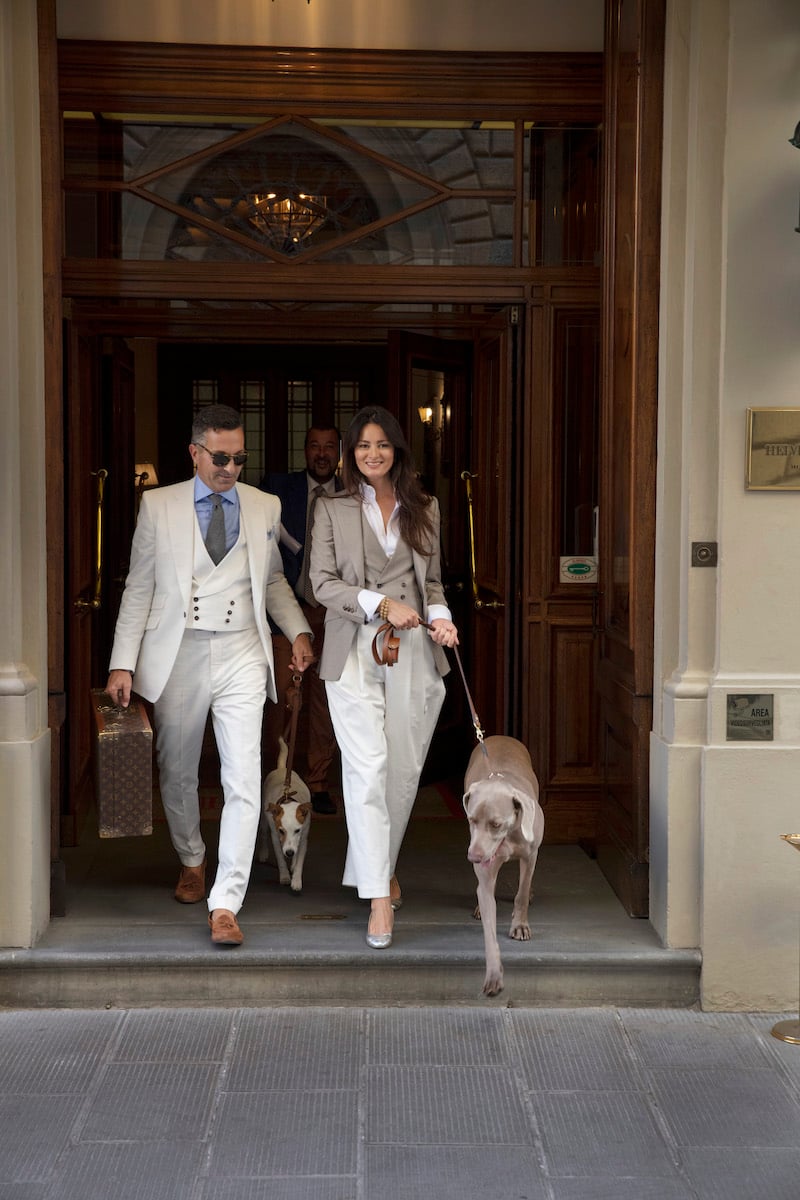
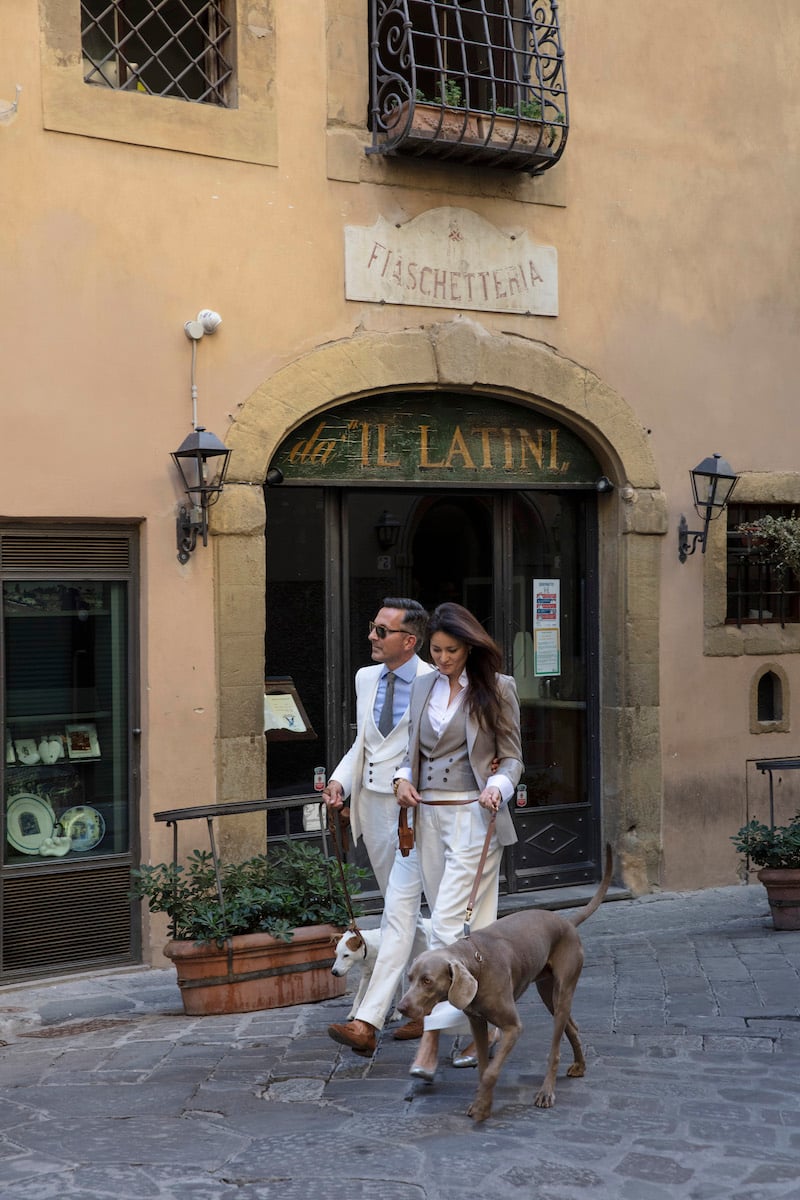
Long before the arrival of Alexander Kraft’s own clothing line, AK MC, he was well-recognised for showcasing inventive ways of carrying the DB waistcoat. As a multi-hyphenate businessman who requires frequent travel, often to places with contradictory climates, it is the unappreciated DB waistcoat that has contributed to his flourishing aesthetic. On a day in Rome packed with meetings, he would wear a three-piece suit, featuring the matching navy chalkstripe VBC Signature waistcoat. The six-button design with a pronounced “V” shape comes into its own whimsical form when the red silk lining of the jacket is flashing from the wind. For business meetings on the Continent, it’s hard to think of an outfit that surpasses this suit in terms of comfort and elegance. The AK MC hand-made Belgian caramel suede loafer is a mainstay for business excursions and, keeping on the theme of wearing waistcoats as part of a three-piece, AK MC permits you to do that with a variety of DBs, but in particular the scrupulous DB “Gatsby” waistcoat in off-white cotton corduroy; the beige summer cord DB waistcoat is tailor-made for when the mercury rises.
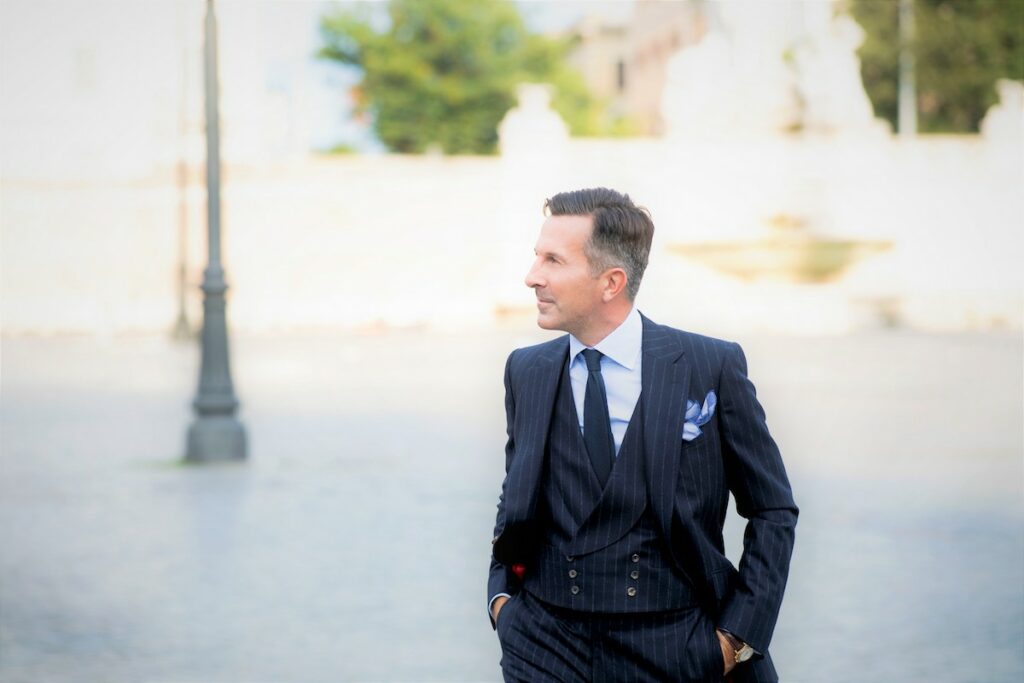
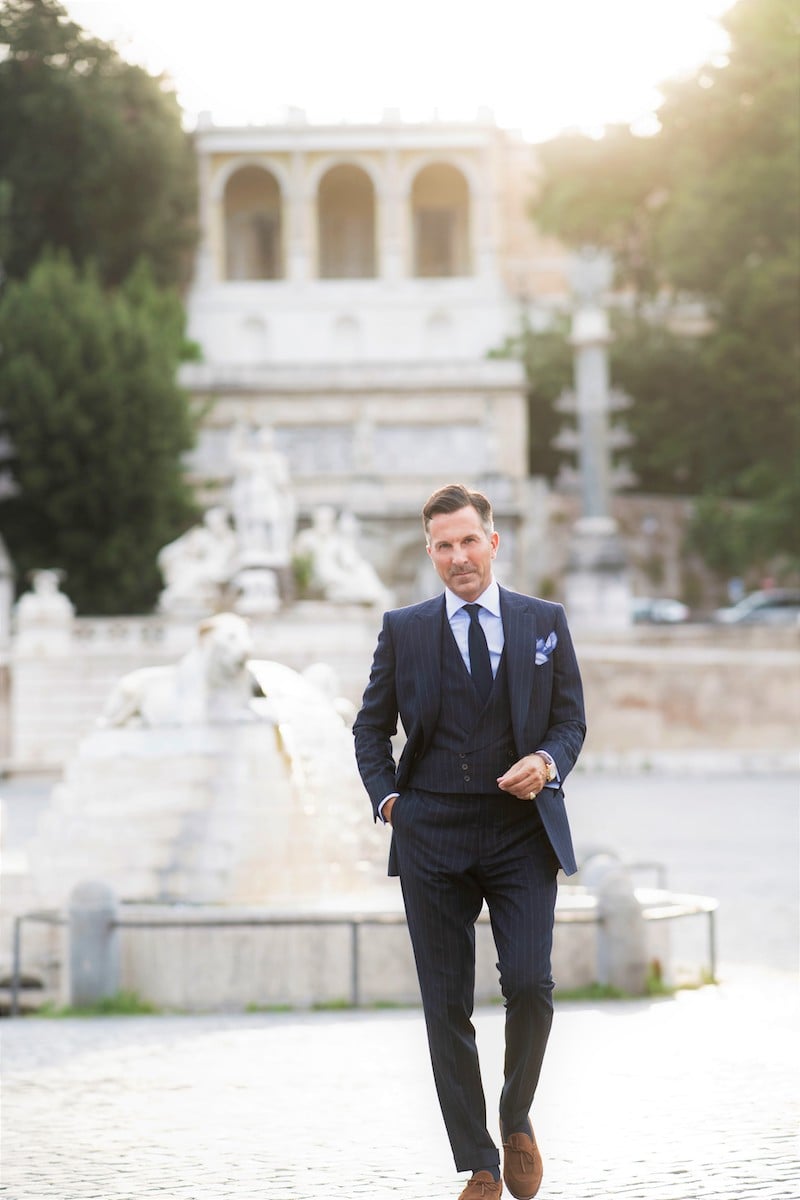
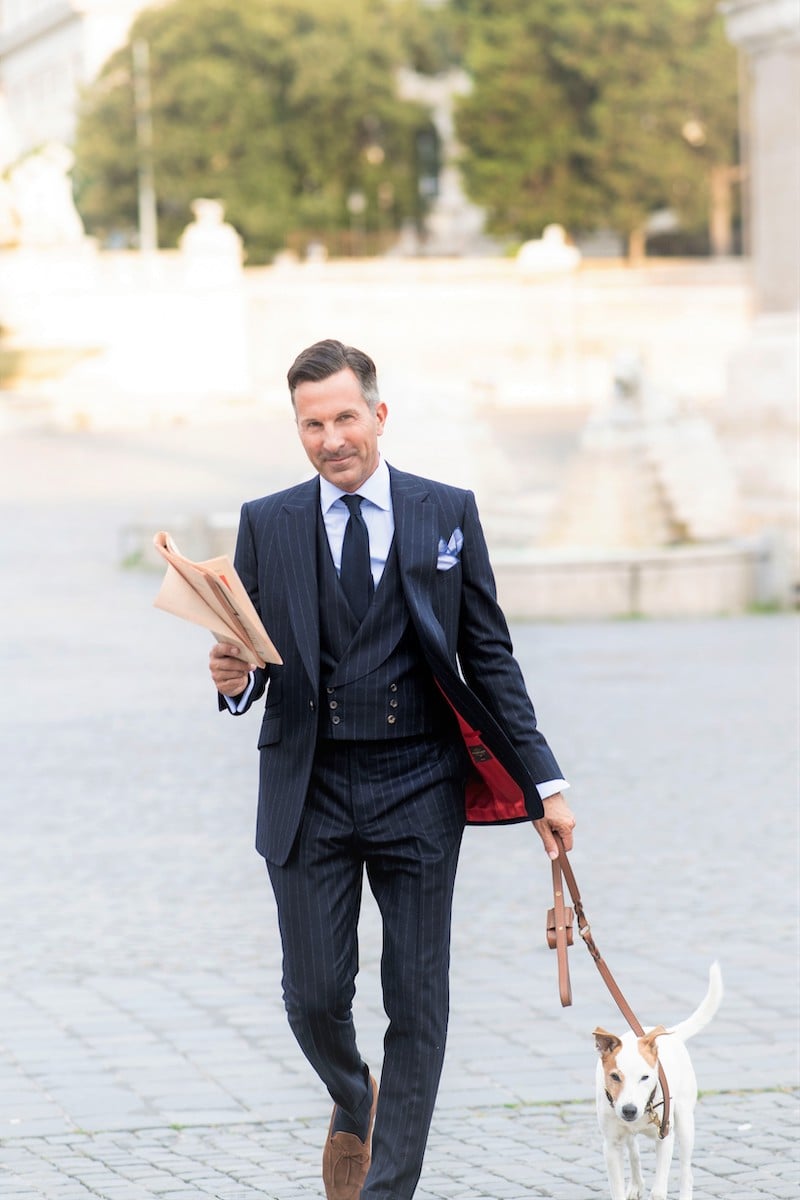
However, even fiends of sartorial menswear with good taste probably wouldn’t have really entertained the pairing of jeans and a DB waistcoat and pulled it off with distinction. Yet, offered by AK MC, there’s an inherently versatile model named the café au lait cotton DB waistcoat. Unlike many other shades, this particular beige blends seamlessly with pale-striped shirts, blue jeans, and sockless loafers. It’s a rather modern concoction of high-end attire, but this style endorsed by AK certainly belies any pessimistic views. Central Europe could be expecting a blast of solar radiation at any time. If you turn to the brown and white POW DB waistcoat, which is cut in luxurious Irish linen, you’ll certainly be able to stay cool in style.
Similar Articles
VAT ID FR00285409991
New client offer
15% on your first order
Please sign up for the AK MC newsletter to receive exclusive insights into the world of Alexander Kraft as well as previews, exclusives and seasonal offers
